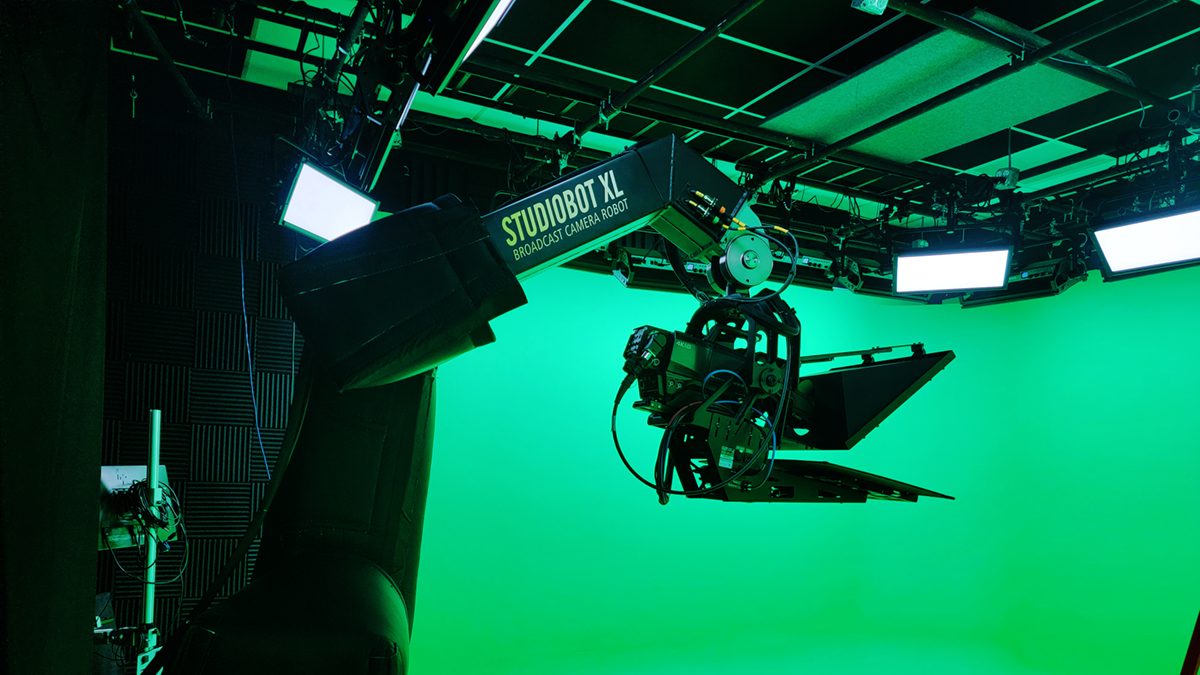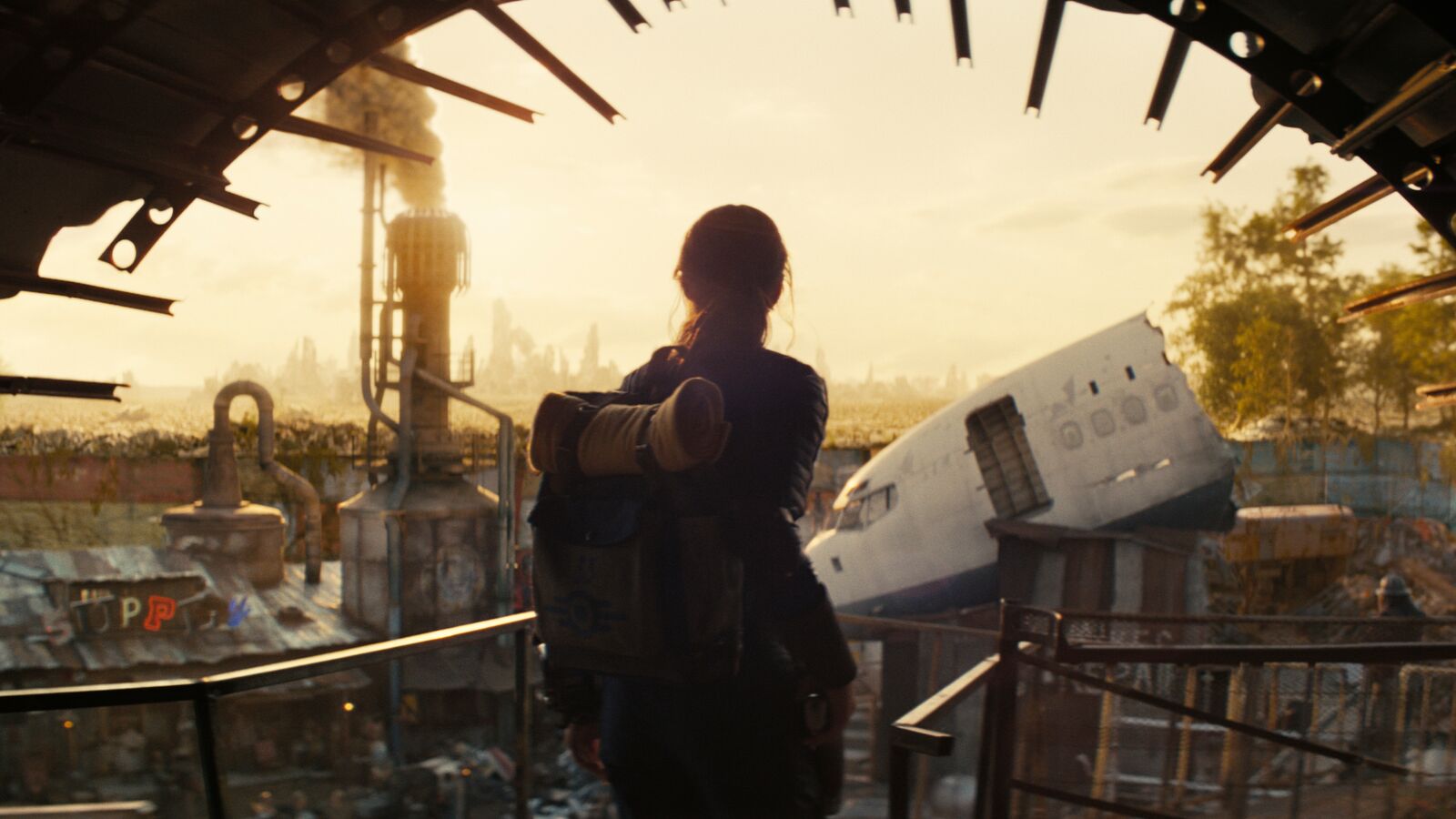Sponsored: Robotic Deployments Are Transforming Local News
Examples from a number of local TV stations show how cinematic camera movement and new technologies can improve newscasts

Local newscasts don’t exist in a vacuum. News directors and station management constantly evaluate what’s working, what isn’t and perhaps most importantly, what’s working for the competition.
Many are starting to take note of competitors that have introduced striking camera movements into their news programming—something that more closely resembles what viewers see at the movies, not traditionally on their TV screens.
A good case in point is ABC News’ “Good Morning America,” the morning news staple that’s using more cameras and cuts than ever as well as cinematic camera movement to create drama—even when stories seem run of the mill and not particularly dramatic—and engage viewers more deeply in stories.
Many local news directors have noticed what GMA is doing and are getting serious about adopting similar techniques with the help of next-generation camera robotics from MRMC to help replace the typical lean-back news viewing experience with one that pull viewers into their stories..
Midwestern Mid-Market Station
One mid-sized station group recently deployed three MRMC robotic systems with lift, pan and tilt capability, including one in a studio some 60 miles from the station under centralized remote control to make the most efficient use of station personnel.
The units, which almost always are moving, enable the broadcaster to integrate a wide range of shots into its productions, including those typically associated with studio camera robotics as well as a more dynamic wide shot that emulates one from a traditional jib that is much slower and drifts.
The never-ending stream of shots from this robotic unit as the camera slowly ping-pongs up and down to capture video from different elevations and angles is frequently switched into news programming to hold the attention of viewers. A long-time producer of the show estimates the addition of this setup has enabled 40% to 50% more cuts to heighten viewer engagement than were typically used in the same show 15 years ago.
The professional video industry's #1 source for news, trends and product and tech information. Sign up below.
Large-Market East Coast Station
One large-market station on the East Coast has deployed an MRMC StudioBot XL robotic arm in its news studio to replace a Steadicam rig and operator with a fully automated alternative that can reliably and repeatedly capture interesting moving shots designed to attract and hold the attention of news viewers.
The broadcaster now relies on the robotic arm to integrate camera movements around physical objects, news anchors and reporters and virtual objects into its newscasts, effectively bringing camera movement to its production that were only available in top tier productions a few years ago.
Knowing the camera moves it wanted, the station pre-programmed the StudioBot XL to automate desired movements when launched by an operator who also attends to other duties. At present, the station is at work on integrating the robotic arm into its MOS-driven news automation system and control.
The news studio where the StudioBot is deployed is three studios in one. As multiple StudioBot robotic arms are deployed, the station will have the ability to do so-called “down-the-line” shots from different studios and make it look to viewers as if the talent in the shots are in the same studio.
Large-Market Southwest Station
Attracting attention and engaging viewers doesn’t simply have to be confined to newscasts. A large-market station in the Southwest has deployed an MRMC StudioBot to do double duty. During newscasts, the StudioBot XL robotic arm is used to add striking camera movements to stories to drive viewer engagement.
When sweeps occur, the station pairs the same robotic arm with a high-frame-rate camera to create high-speed whip pans around anchors and other presenters that are used in interstitials and promos.
The station has setup two software profiles for StudioBot XL—one a broadcast profile for everyday work and the other for the high-speed moves—making it fast and easy to modify operation of the robotic arm to match the task at hand.
Cashing in on Robotics
Another call letter station has deployed MRMC robotics and motion control to drive production and commercial revenue. By integrating cinematic camera moves into its production services portfolio, the station is now able to offer local and regional advertisers production techniques typically associated with national spots.
The station has combined its StudioBot robotic arm with an LED stage, making it possible for clients to unleash their creativity. Not only does this mean more billable hours for production services, but it also has given the station a powerful way to incentivize clients to book commercial time and drive higher revenue.
Regardless of a station’s size, local newsrooms face a similar challenge. How can they hold onto existing viewers and encourage those who have left to return?
Adding cinematic camera movement into the mix of shots making up a newscast can set a station apart from its competitors and give viewers a new way to experience the news. MRMC is helping many stations to realize these goals with the addition of the company’s next-generation robotic pedestals, arms and lift systems.
Each delivers the repeatability, workflow integration and performance stations can rely upon to achieve the dramatic visual flair they require to capture the audience without disrupting ongoing operations.
With the help of these next-gen camera robotics and the fluid motion control they deliver, call letter stations are attracting audience, building viewer loyalty and opening up new opportunities to enhance their standing in the highly competitive news marketplace and grow commercial revenue.
MRMC Broadcast is a leading provider of camera robotics systems built on intelligent automation for virtual production and remote acquisition. As the industry shifts toward more agile workflows, MRMC Broadcast continues to deliver solutions aligned with emerging trends to enable greater flexibility, scalability, and creative freedom across studios, live productions, and hybrid environments. Learn more here.
